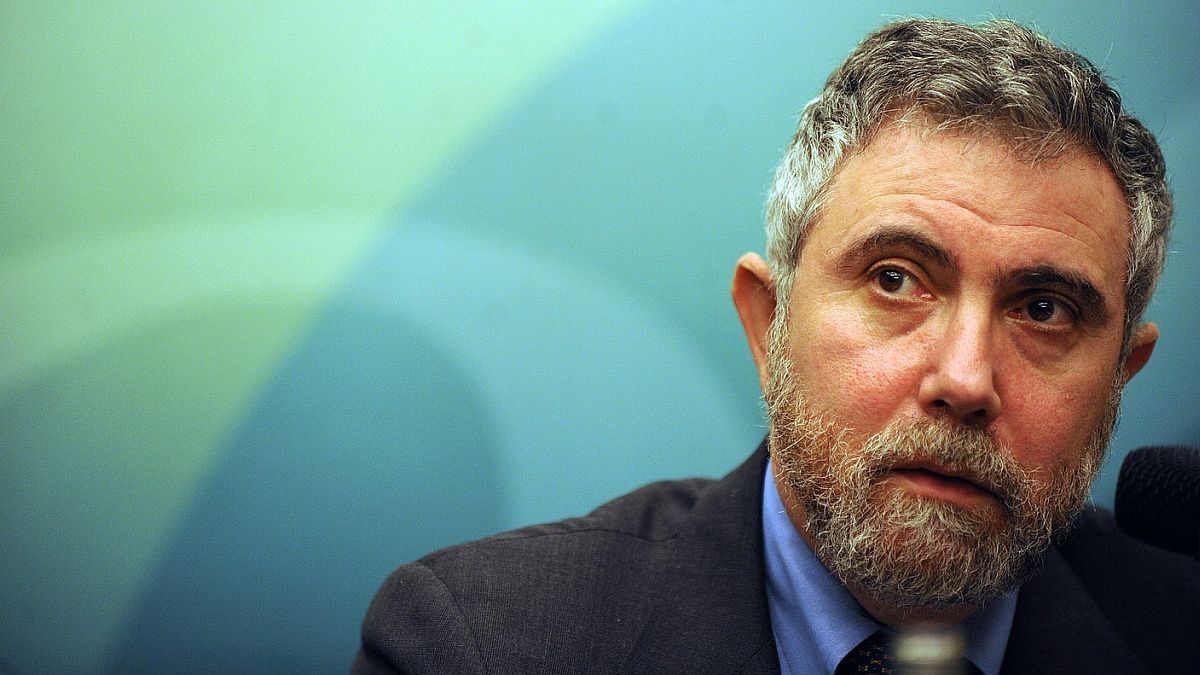Three weeks ago, Argentina elected Javier Milei as its new president. Milei was based on a radical libertarian platform, whose most notable proposal was the elimination of the Argentine currency, the peso, to replace it with the US dollar.
At this point, it’s unclear whether Milei will actually deliver on that promise or how radical his break with previous policies in general will actually be; I do not pretend to understand what is really happening in Argentine politics. But the fact that so many people apparently believed that Dollarization would solve Argentina’s problems was only the most recent example of the persistent power of magical thinking in monetary matters.
Truth be told, sometimes money—and monetary policy—can seem like magic. Even before the rise of information technology, it was quite astonishing that people could convince other people to give them goods and services in exchange for a few pieces of green paper with no intrinsic value. Now we can make transactions from cell phones and with contactless debit cards that represent nothing more than digital representations of green paper without any value.
But money exists and works; In fact, it tends to appear in some form, even if it has no official support. For a while, Sam Bankman-Fried convinced investors that complicated mathematics could make an alternative to the dollar appear out of thin air; Now he is in prison and, it is said, that prison has become a rudimentary internal economy based on the exchange of packets of mackerel. (Think of all the jokes that have been made about there being something fishy there.)
So in some ways it doesn’t surprise us that people often imagine that introducing a new currency and saying the right magic words can solve a country’s economic problems. It’s a little more surprising that Argentinians believe in this type of thinking. After all, they’ve already lived it.
It is true that Argentina has never been completely dollarized, but In 1991 he attempted to control inflation with a law that was supposed to establish a permanent exchange rate of one peso per dollar., a commitment backed by a “monetary board” that was touted for keeping one dollar in reserve for every peso in circulation. The truth was that the pesos were never 100% backed by dollars, but this incomplete support was not the reason the system collapsed. Rather, The problem was that by having eliminated the possibility of using monetary policy to boost the economy when necessary, Argentina was trapped in a prolonged and grueling recession. Furthermore, the monetary board did not solve the country’s persistent problem of budget deficits.
There was also another problem: Why link the peso to the dollar? Argentina is very far from the United States and actually has more trade with China and the European Union than with the United States. However, when the dollar rose and fell, for reasons that had nothing to do with Argentina, the Argentine currency followed these fluctuations. In the late 1990s, there was a large increase in the value of the dollar, perhaps reflecting optimism over the technology boom of that era.
So, Argentina, having linked the peso to the dollar, saw its currency rise in value on world markets, making its exports increasingly less competitive and deepening the recession. And of course, completely abandoning the peso for dollars would have the same problem: in practice, Argentina would tie its economic policy to that of a country that has very different problems and that is not even its main trading partner.
By the way, If El Salvador — which has been trying to promote the use of bitcoin — managed, alas, to bitcoinize its economy, it would have the same kind of problem but on a much larger scale., by effectively tying its economic policy to an asset with a wildly fluctuating value. Fortunately, even with government promotion, bitcoin doesn’t seem to have much traction as real money.
In any case, Argentina’s monetary board collapsed in disorder in early 2002. The government ultimately noted that many debts specified in dollars would be declared after the fact actually in pesos, which was more or less necessary to avoid a disastrous wave of bankruptcies. The Argentine economy, now freed from its peg to the dollar, prospered for a time.
For misfortune, he old problem of unsolvable budget deficits It never disappeared and, in the long run, inflation reemerged resoundingly.
Major reforms
But, let’s wait. Argentina’s first attempt to control inflation with monetary sleight of hand dates back even further in its history. In the late 1970s, The military regime that, at that time, governed the country attempted to use a series of mini-devaluations of pre-announced gradual deceleration—the tablita—to curb inflation. (You probably don’t want to know the details.) As in later episodes, this monetary strategy was not supported by adequate reform of other measures and ended in a balance of payments crisis and the resurgence of inflation. At that point, there was no choice but invade the Falkland Islands.
Does this mean that monetary reform never works? No, can be successful if supported by other important reforms. In the early 1990s, Brazil, which has also had its inflation problems, replaced its old currency, the cruzeiro, with the real. Now, perhaps we are not used to thinking of Brazil as an example of an economy, but Brazilians did manage to solve their underlying problems, to such a degree that the country was able to reduce inflation in a lasting way.
So introducing a new currency can successfully curb inflation, if this is accompanied by other political reforms, although in that case it is not known how much the currency mattered. To quote Voltaire, which we rarely do in economics, “some words and ceremonies will effectively destroy a flock of sheep, if supplied with a sufficient quantity of arsenic.”
Ultimately, what matters is realizing that while there is some magic in monetary economics, changing currency rarely has magical effects. Additionally, it’s especially important to note, given the enthusiasm of cryptocurrency types and such, that while the United States has a lot of problems, there’s virtually nothing wrong with our currency. It is true that we recently had a bout of inflation, but it was not caused by problems with our currency, and it seems that we are more or less done with that increase in inflation without paying any significant price in terms of unemployment. Right now, Many things are problematic, but the dollar is doing well.
*Paul Krugman is a columnist for The New York Times and winner of the 2008 Nobel Prize in Economics.
Source: Ambito




